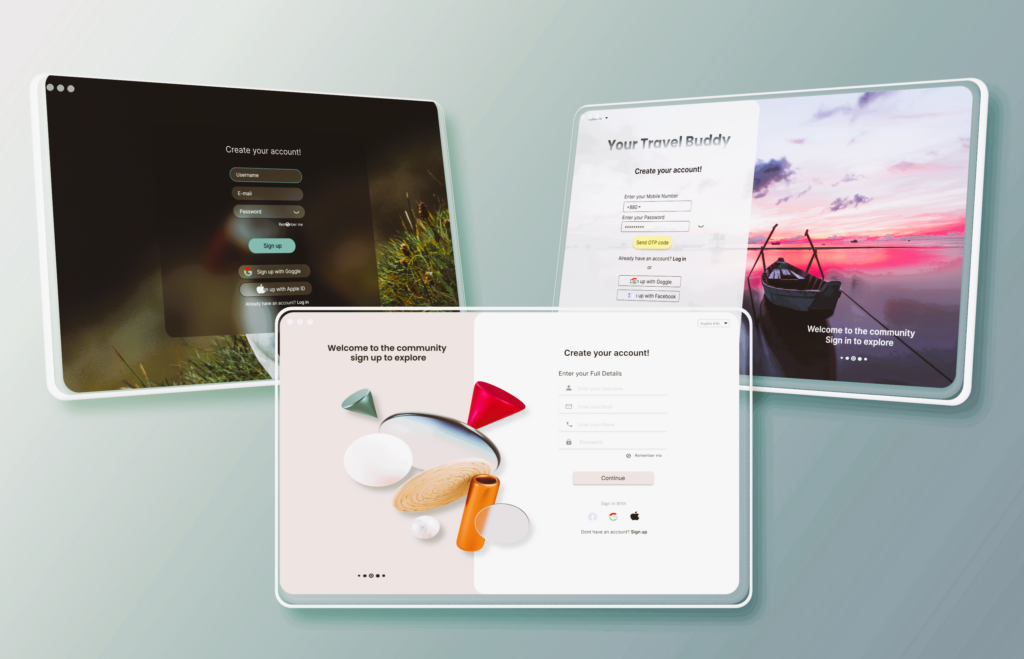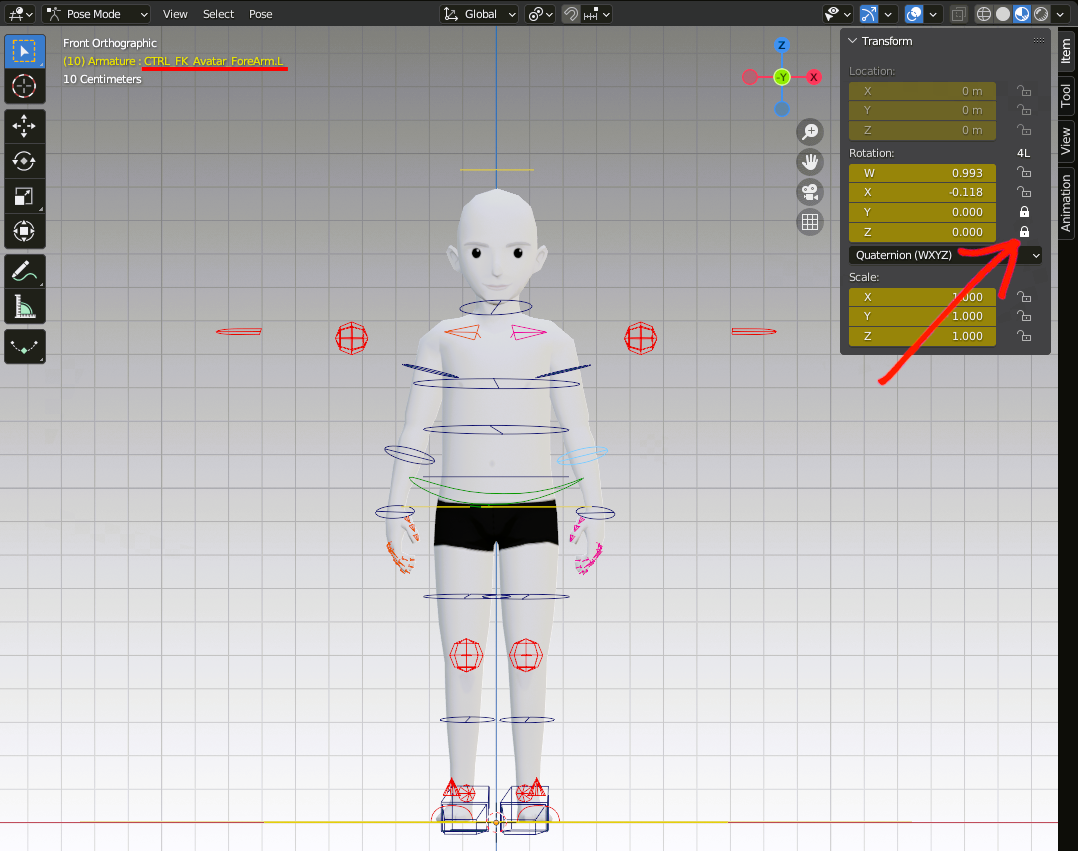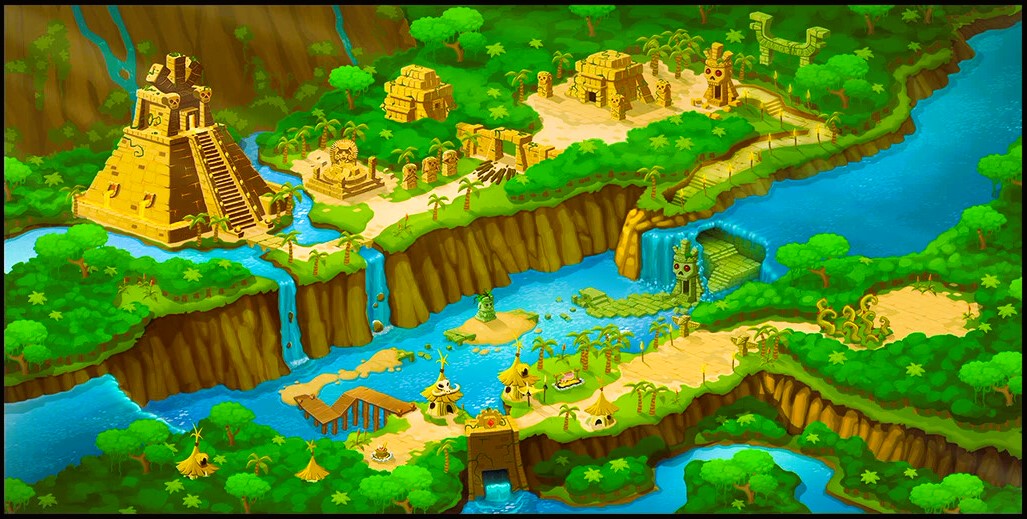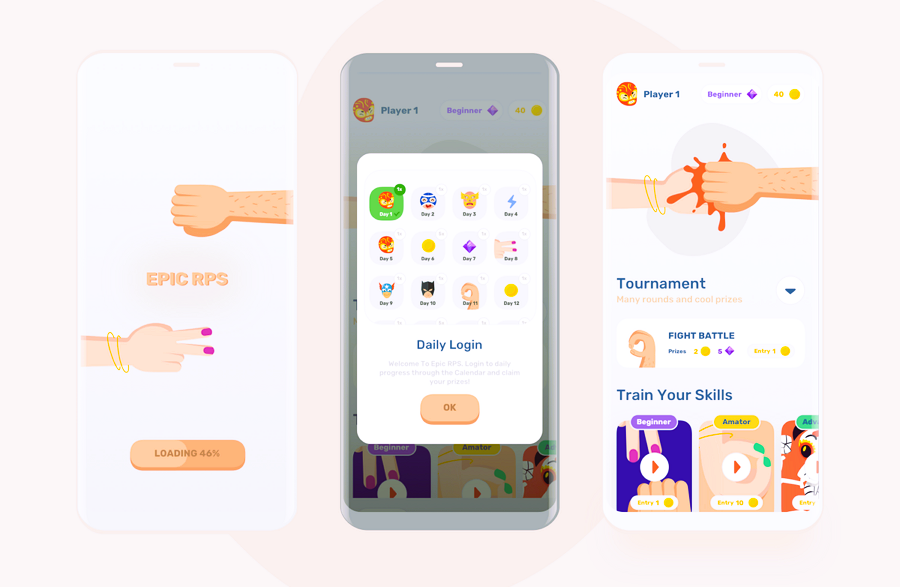When it comes to designing game interfaces, having the right tools at your disposal is crucial. One such tool is Armature, an advanced wireframing and prototyping extension for Adobe Illustrator. Whether you’re working on a mobile game, console title, or even a VR experience, Armature provides a robust set of features that can streamline the process of designing user interfaces (UIs) that are both functional and visually engaging. In this article, we will explore the top 10 features of Armature that every game designer should know.
1. Seamless Integration with Adobe Illustrator
One of Armature’s standout features is its seamless integration with Adobe Illustrator, a widely-used graphic design tool. Game designers who are already familiar with Illustrator will appreciate how easily they can use Armature within their existing workflow. There’s no need to switch between multiple programs; all your wireframing and UI design work can be done directly in Illustrator.
Why It’s Essential:
- Familiar Interface: Designers who already use Illustrator won’t have to learn a new tool.
- Speed and Efficiency: Streamline your workflow and avoid the time-consuming process of transferring designs between different software programs.
2. Extensive Library of Ready-Made UI Elements

Armature provides a vast library of ready-made UI elements, which include everything from buttons and form fields to menus and tooltips. This extensive collection allows game designers to quickly create prototypes and mockups without needing to start from scratch.
Why It’s Essential:
- Save Time: Pre-made elements reduce the need to design everything from the ground up.
- Consistency: Ensures that UI elements across your game have a consistent look and feel.
3. Mobile and Desktop Game Support
Whether you’re designing for mobile games, desktop titles, or both, Armature offers full support for both mobile and desktop platforms. It includes templates optimized for different screen sizes and orientations, making it easier to create user interfaces that adapt seamlessly to various devices.
Why It’s Essential:
- Cross-Platform Flexibility: Ensure your UI works well across mobile and desktop devices without additional work.
- Responsive Design: Armature automatically adjusts your designs for mobile, desktop, and console use.
4. Interactive Prototyping Capabilities
Creating static wireframes is a thing of the past. With Armature, you can build interactive prototypes that simulate the functionality of a game interface. This is particularly useful for testing the flow of menus and other game interactions before development begins.
Why It’s Essential:
- Real-Time Feedback: See how users will interact with your design and refine it before development starts.
- Improved Collaboration: Share interactive prototypes with team members to gather feedback early in the design process.
5. Scalable Vector Graphics (SVG) Support
Armature’s use of scalable vector graphics (SVGs) ensures that your designs remain crisp and clear, no matter the screen size or resolution. This is particularly important when working on high-resolution displays or games that require precise visual elements.
Why It’s Essential:
- High-Quality Designs: Maintain sharp, clear visuals across all devices and screen sizes.
- Flexibility: SVGs can be easily resized without losing quality, making them ideal for responsive design.
6. Cross-Platform Usability
With cross-platform play becoming more common, it’s essential that your game’s UI works seamlessly across various devices. Armature allows you to design interfaces that work well across platforms such as mobile, desktop, and console. You can create designs that adapt easily to the unique requirements of each platform. Read our step-by-step guide to learn how to design mobile game interfaces with Armature.
Why It’s Essential:
- Universal Design: Create designs that translate well across multiple platforms without major adjustments.
- Future-Proof: Ensure your game interface will be adaptable for upcoming devices and operating systems.
7. Customizable Templates
Armature comes with customizable templates that serve as a starting point for your design. These templates can be modified to suit the specific needs of your game, saving you time and providing a solid foundation for creating your game UI.
Why It’s Essential:
- Personalization: Easily modify templates to match your game’s theme and branding.
- Efficiency: Start with a template and customize it to save time, rather than building everything from scratch.
8. Component-Based Design System

Armature supports a component-based design system, which allows you to reuse design elements across multiple screens. This is especially useful for game designers who need to maintain consistency across different parts of the game, such as menus, HUDs, and inventories.
Why It’s Essential:
- Reusability: Use the same elements across different screens without having to recreate them.
- Consistency: Ensure a consistent look and feel throughout your game.
9. Easy Export to Game Engines (Unity, Unreal Engine)
Armature makes it easy to export your designs to popular game engines like Unity and Unreal Engine. With a few simple steps, you can take your design prototypes and convert them into working assets that are ready for development.
Why It’s Essential:
- Seamless Workflow: Export your designs directly into your development environment without unnecessary conversions.
- Time-Saving: Skip the hassle of manually transferring design elements between tools.
10. Collaborative Features for Teams
Game design often involves collaboration between different team members. Armature includes features that allow multiple designers to work on the same project simultaneously, making it easier to work together on complex UI elements and ensuring everyone is on the same page.
Why It’s Essential:
- Real-Time Collaboration: Work on the same project with your team without conflicts.
- Streamlined Communication: Share files and provide feedback directly within the tool, improving the efficiency of your workflow.
Armature is a powerful tool that provides game designers with everything they need to create efficient, high-quality user interfaces. From its seamless integration with Adobe Illustrator to its interactive prototyping capabilities, Armature stands out as one of the best tools available for designing cross-platform game UIs. By taking advantage of its extensive features—such as scalable vector graphics, customizable templates, and export capabilities to Unity and Unreal Engine—game designers can streamline their workflow, improve consistency, and create immersive experiences for players.
If you’re a game designer looking to improve your UI design process, Armature is a must-have tool in your arsenal.
For more information about UI design and game development, visit Wikipedia’s Game Design Page.




